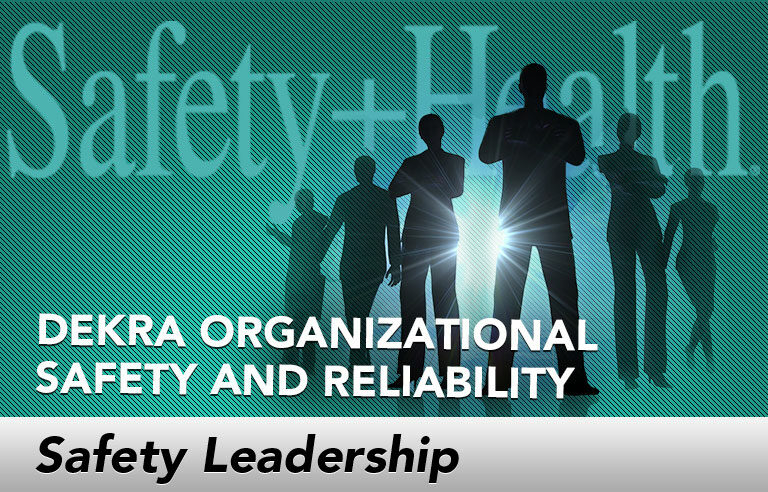Safety Leadership: Tipping point: Inoculating against critical performance errors

Editor’s Note: Achieving and sustaining an injury-free workplace demands strong leadership. In this monthly column, experts from global consulting firm DEKRA Insight share their point of view on what leaders need to know to guide their organizations to safety excellence.
When I look at how safety performance efforts have evolved over the past few decades, it’s clear that we are at a tipping point. A movement is happening now. Highly effective leaders within culturally mature organizations are upping their game and stepping up and away from safety rhetoric. Statements such as, “Think before you act” and “Just do it right the first time” reference great end results, but actually miss referencing how these important results are created each day.
In fact, many organizations have not yet installed effective measures that actually get people thinking and executing correctly when it really counts. Industry has taken notice of new neuroscience-based ways to keep employees safe and unplanned events at bay.
Our brains are hardwired to miss some important details
I’ve often heard employees say, “I’m fully aware of everything that happens around me.” This simply is not true, as there is so much for our brains to consciously and deeply notice.
Think about it: As you’re reading this article, do you notice everything around you? Without looking, what does the space above you look like? Were you aware of your left foot’s position just now? What color are your socks? There are many observations we can make, but we miss much of what is happening around us as the brain acts to conserve energy by ignoring seemingly less critical information. If you’ve ever zoned out during a conversation, that’s another example of your brain switching to neutral to save energy.
Our brain selectively attends to specific information in every situation, and focuses first on what we perceive as critical to our survival (avoid physical danger and maintain strong social connections that will foster our success, as examples), but in error can ignore information that is in fact critical at work, dismissing such stimuli as not important. This can be seen when employees miss “weak signals” that indicate “brewing storms” that later lead to serious injury or operational upsets.
We cannot multitask well
The human brain toggles back and forth between ongoing tasks. And we are not great at toggling. Imagine a flashlight moving from one object to another. The flashlight represents your attention. You can only shine that flashlight on one item at a time, and can miss critical information in the time it takes to move the flashlight back and forth. That’s why it’s difficult during a conversation to track multiple people talking at once.
In control rooms, it’s common to see 25 screens that one person is required to monitor all at the same time. Risk for error compounds because you’re not able to toggle your attention across that many items without missing a lot of information. Additionally, you perceive that you’ve noticed every detail, thus the false pride that can come with being an excellent multitasker.
The next frontier of workplace safety
These are some of the reasons why the human brain has become the next frontier in workplace safety. By understanding the neuroscience, we can eliminate the risk of human performance error during critical tasks by installing controls within the work.
Although humans have the best brains on the planet, we now know where and how we are susceptible to error and can plan in this regard to have operations run reliably and safely year after year. Human performance errors and related catastrophes will occur if left unchecked. So what are your organizational defenses and individual- and team-level countermeasures?
This article represents the views of the author and should not be construed as a National Safety Council endorsement.
 David Musgrave is vice president of the Brain-Centric Reliability System at DEKRA Insight.
David Musgrave is vice president of the Brain-Centric Reliability System at DEKRA Insight.
Direct to your inbox: Sign up to be notified in email about new "Safety Leadership" columns.
To display the infographic on your website or blog, copy the embed code below. Paste it into the HTML source view of your page in the position where you want the graphic to appear. It should size itself to fit your content container width.
Post a comment to this article
Safety+Health welcomes comments that promote respectful dialogue. Please stay on topic. Comments that contain personal attacks, profanity or abusive language – or those aggressively promoting products or services – will be removed. We reserve the right to determine which comments violate our comment policy. (Anonymous comments are welcome; merely skip the “name” field in the comment box. An email address is required but will not be included with your comment.)


